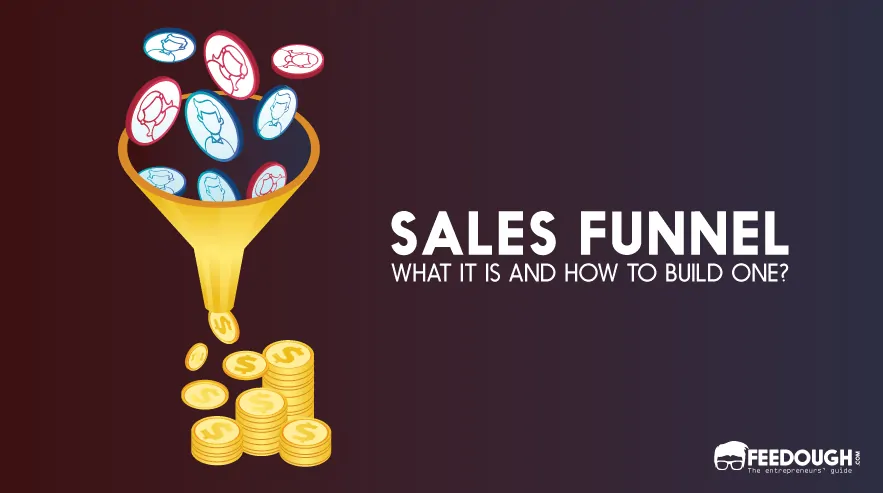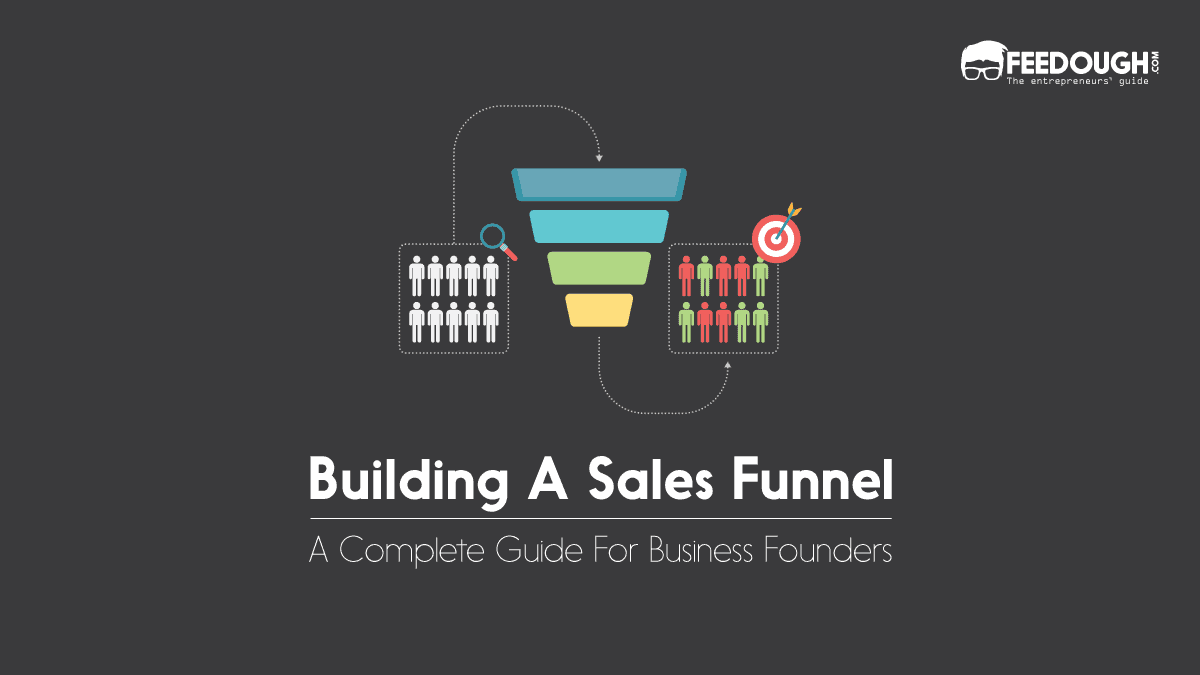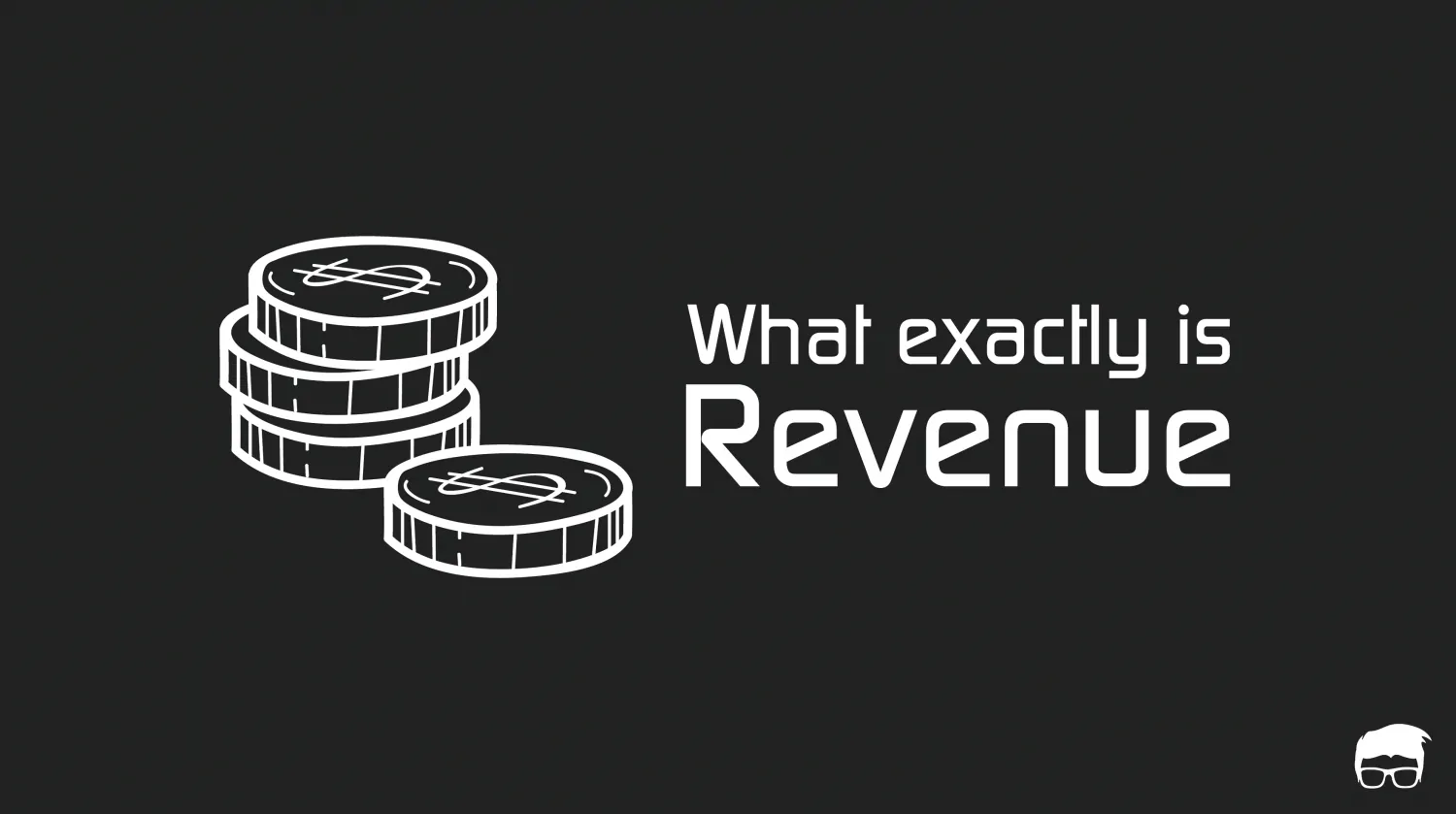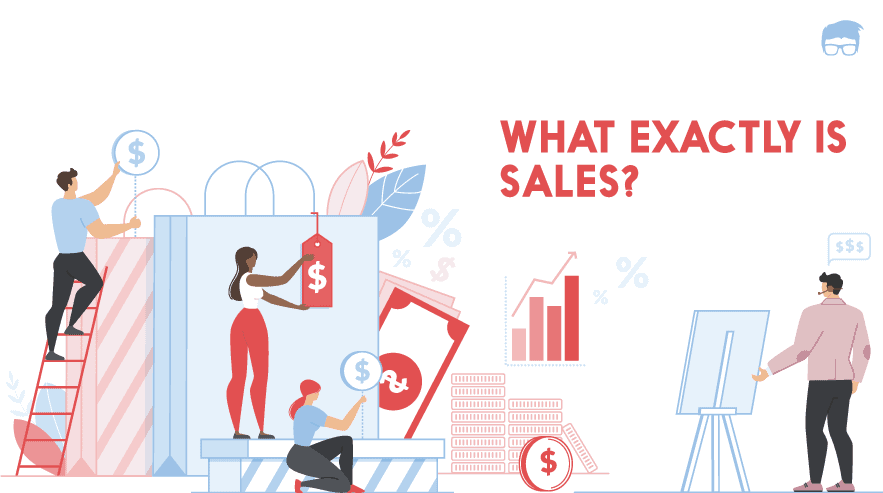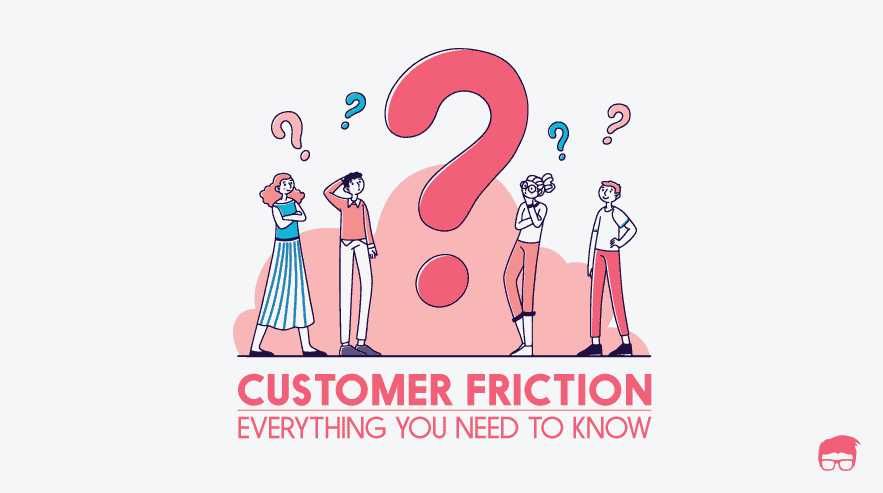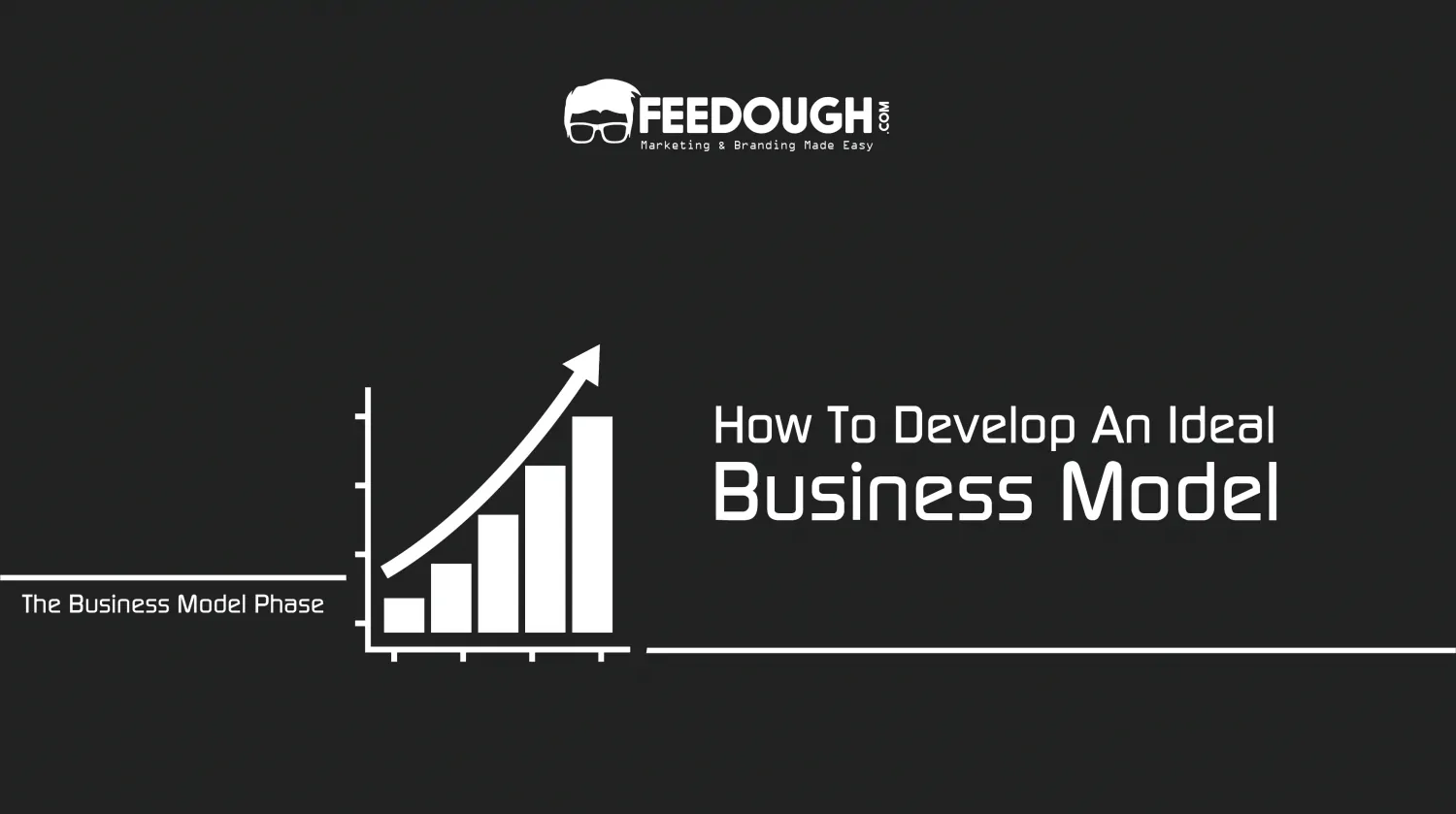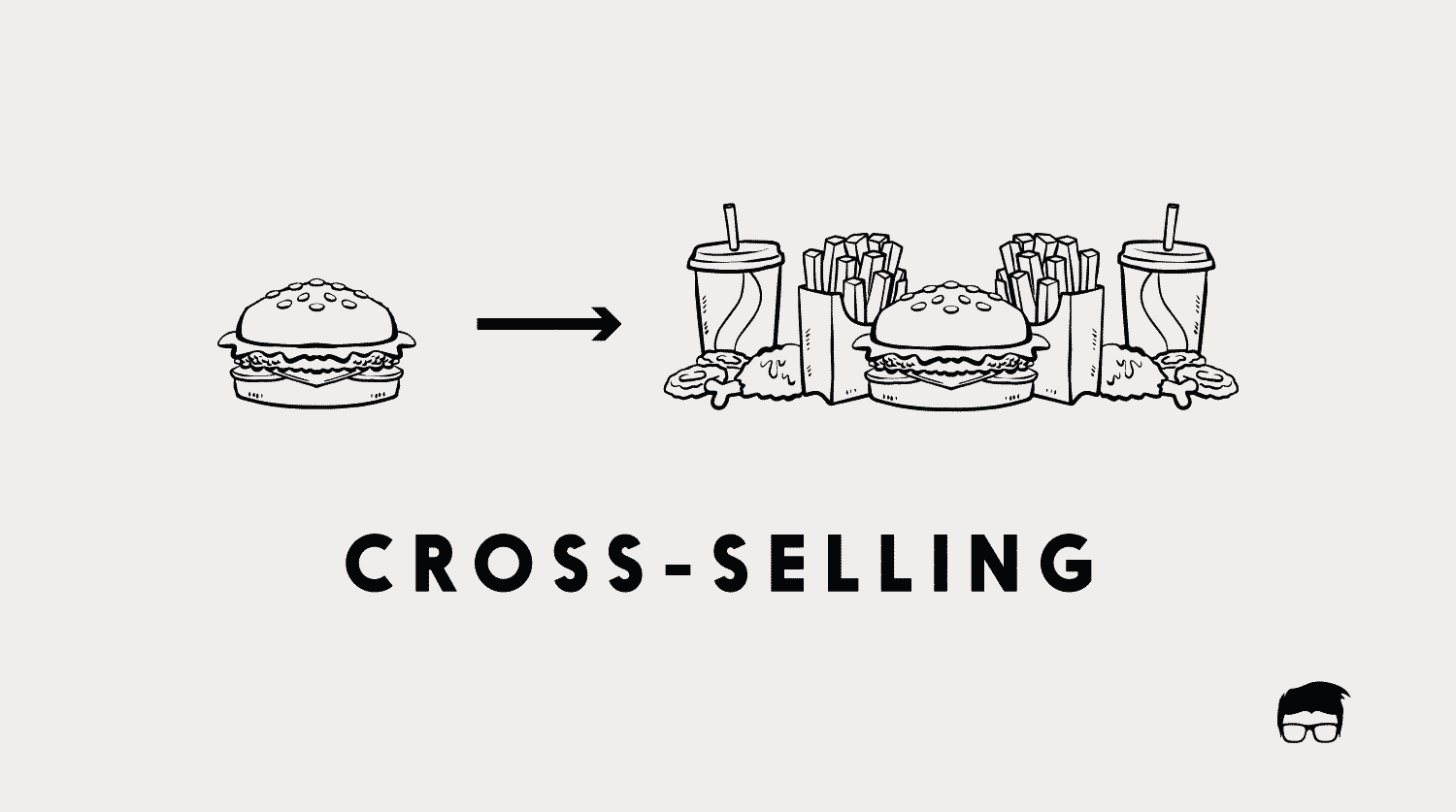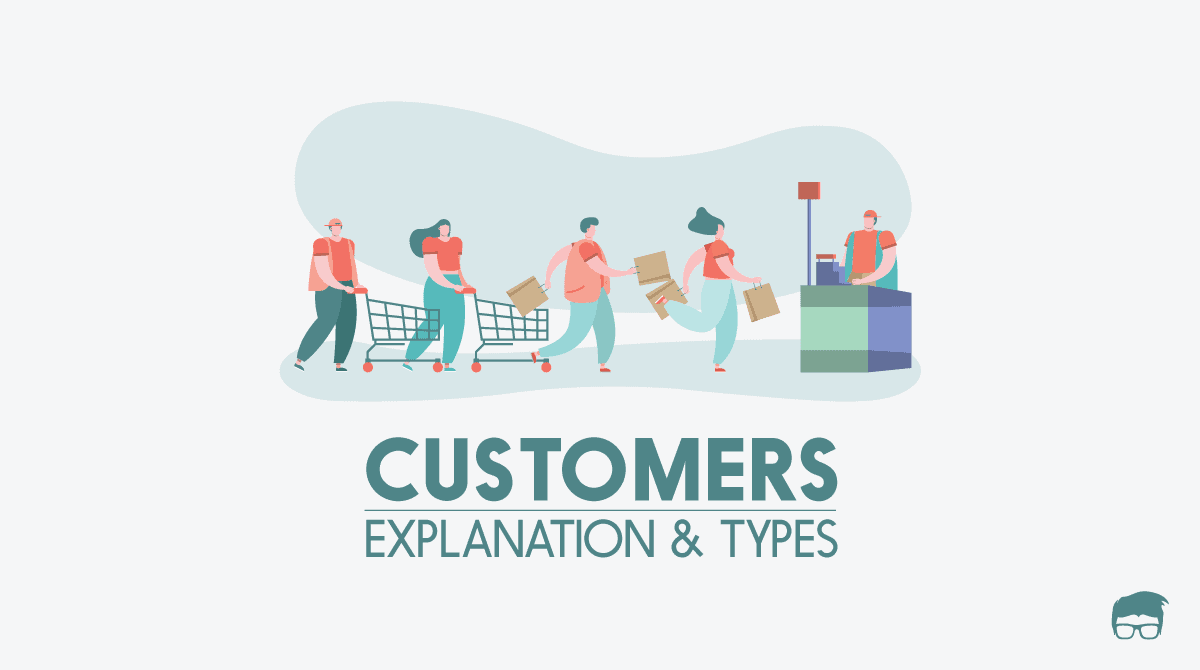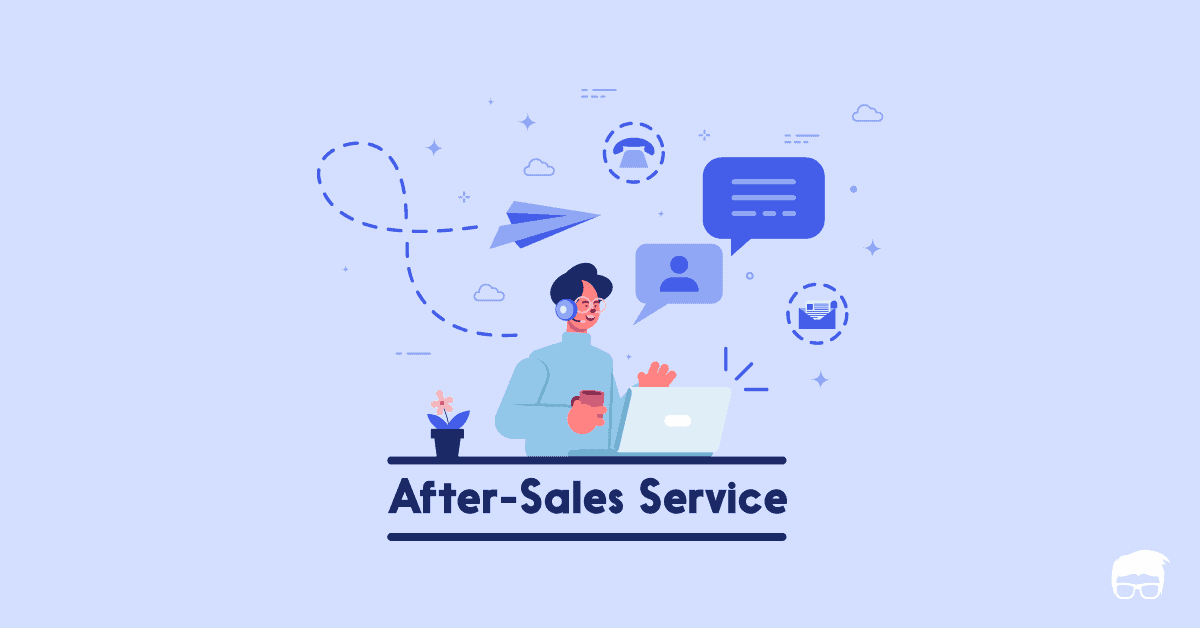Profit or perish…There are only two ways to make money: increase sales and decrease costs. This quote by Fred DeLuca, co-founder of the Subway franchise, pinpoints the importance of sales in any business.
No matter what industry you’re in, finding customers for your product or service should be your main concern. Otherwise, you can’t expect much success with your venture, even if you provide high-quality solutions to your target audience’s pain points.
Having an effective sales funnel is the first step towards reaching steady, predictable revenue, and helping your business thrive.
So, let’s discuss get down to the nitty-gritty of this concept and discuss how to implement it properly.
What Is a Sales Funnel?
A sales funnel is a strategy which tracks and documents your sales and marketing activity throughout the entire sales process from start to finish.
Its name comes from a visual representation of the path your target audience takes on their way to purchase your product or service. There are three parts of the sales funnel – top, middle, and bottom depending on the phase of your prospects’ customer journey.
In other words, the first time a prospect interacts with your brand, they are at the top of the funnel, and the more they engage with it, they travel down the funnel, and hopefully, convert.
Your marketing and sales activities and tactics differ in accordance with a particular customer journey phase, which means that, for example, you won’t create the same content for the prospects who are just getting acquainted with your product or service, that is, those who are at the top of the funnel, and for the prospects who are about to convert.
That’s why you need to understand what AIDA means.
What Are the Four Sales Funnel Stages?
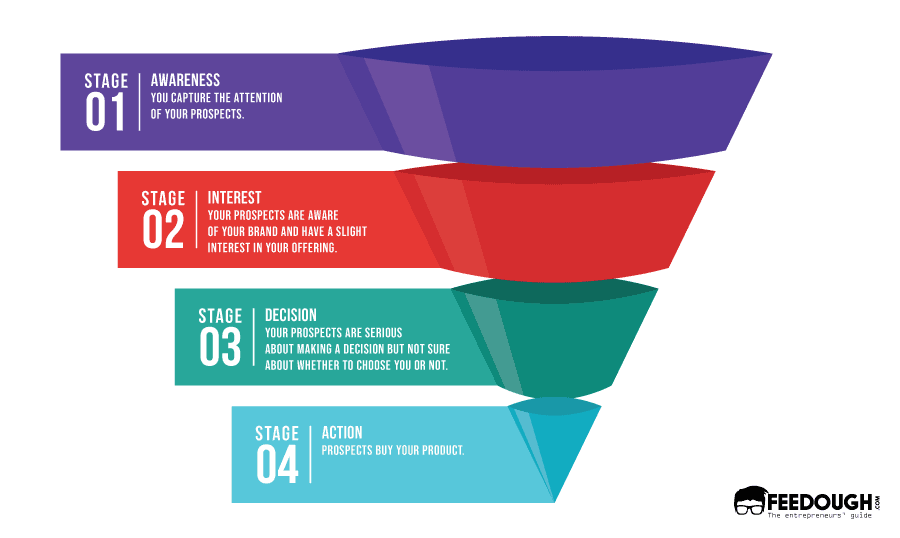
AIDA stands for awareness, interest, decision, and action, and these stages refer to your prospects’ mindset.
In order to send your prospects the right marketing message at the right moment, you need to take these four stages into consideration.
Awareness
This is the stage in which your goal is to capture your audience’s attention and increase your brand awareness and recognition.
We’re talking about the top of the funnel here, which means that you’re practically trying to target perfect strangers to whom your product or service might be interesting. Of course, this means that you should do market research and invest your money wisely – you need to collect data on your audience and understand who they are.
If we bear in mind that 65% of businesses report that lead generation, that is, identifying potential customers and reaching out to them, is their biggest marketing challenge, it’s clear that you need to use different marketing strategies and spend significant amounts of money in order to reach as many potential customers as possible.
This can be done through social media, content marketing, Google Ads, Facebook Ads, or email marketing. Just make sure to address your audience’s main pain points and offer practical solutions.
Interest
If you’ve pressed all the right buttons during the previous stage, your prospects are now aware of your brand, and they’ve reached the interest stage.
Similarly, the awareness stage filtered those who aren’t particularly interested in what you have to offer, and those prospects who have stayed in the funnel are now officially your leads.
Although you can start personalising and tailoring your messaging, you still have to be very careful not to alienate your prospects by being too pushy or salesy, which means that you need to continue educating and nurturing them.
Amazing content, enriched with a lot of how-to, video tutorials, different webinars addressing your prospects’ pain points, or free e-books which will help your audience as much as possible and establish you as an authority in the field can do wonders for the success of this stage.
Decision
This is the stage in which your prospects are very serious about making a purchase – but they’re not sure whether you’re the one they want to do business with.
This is the moment in which you need to engage them, reduce any potential friction, and help them opt for you. One of the ways of doing this is by doubling down on your customer support and implementing a chatbot on your website.
Statistics say that 53% of people are more likely to purchase from businesses they can contact via a chat app.
Namely, it’s important to respond to any questions about your product and its features that your prospects might have in a timely manner, as this is something that plays an important role in accelerating the sales process. People are impatient and they don’t want to wait until there’s an available customer support rep – they will simply bounce off your website and go to your competitors, which is why chatbots, which can serve several prospects at a time, are a must.
Also, this is when you should make your best offer and gain a competitive edge.
For example, “free shipping” is an open sesame to converting your prospects and closing your seals.
Action
We’ve reached the bottom of the funnel, and your prospects have turned into your paying customers.
Mission accomplished, right?
As a matter of fact, your work is far from done if you want to keep your customers. Retention is an important part of the sales process and your company’s overall growth, and it’s essential to keep nurturing your customers even after they purchase as that will make them come back.
This means sending them regular newsletters informing them about the new product features and updates, offering them occasional loyalty perks and discounts, as well as asking your customers for their feedback so that you can make further improvements.
The Importance Of A Sales Funnel
The sales funnel lets you get into the shoes of your customer and see things from their perspective. This is important as you understand what your potential customers are thinking at each stage of their buying journey.
This, in turn, allows you to create content and marketing messages that are relevant to their needs. As a result, you can nurture your prospects better and move them closer to a sale.
The sales funnel also lets you track your progress. By understanding how far your target customers are from making their purchase decision, you can better allocate your resources.
This is important as you don’t want to be spending too much on customers who are not ready to buy or too less on customers who are ready to buy.
The sales funnel also helps you manage your sales pipeline better. By understanding the number of prospects at each stage, you can better forecast your sales and plan for the future.
How to Build Your Sales Funnel?
Based on what we know so far, it shouldn’t be too complex to build a converting sales funnel/
Here are a couple of easy steps.
- Analyse your audience: As you’re not trying to sell to everybody, it’s important to understand what your target audience needs, as well as how they behave. You can use different tools in order to find out what kind of blog posts they read, how much time they spend on every particular page of your website, where they click on, or what subject lines and emails generate high open and click-through rates. Long story short, monitor all your digital marketing metrics and adjust your campaigns based on what you find out.
- Grab their attention: In order to do this, you need to share a lot of great content across all your digital marketing channels. Use different types of content, various strategies and kinds of outreach, and use the data you’ve collected in the previous step to personalise this outreach and use your audience’s preferred communication outlets to get in touch with them. If you’re in the B2B industry, LinkedIn should be your No. 1 channel, while if you’re in the fashion or sports industry, make sure to leverage Instagram. Also, SEO can help you target the right people with the right content, so don’t neglect this strategy too if you want to stay on your prospects’ radar.
- Build a landing page: Or to be more precise, a lot of them. Stats say that companies experience a 55% increase in the number of leads by increasing the number of landing pages from 10 to 15. So, the more the merrier is the rule of thumb in this case. Make sure that there’s no clutter on your landers as well as that it’s properly optimised – one, clearly stated offer per landing page and a CTA which directs your prospects towards taking a desired action.
- Create a drip-email campaign: Reach out to your prospects regularly but not too frequently and send them relevant and helpful content. Once or twice a week will do if you don’t want to outstay your welcome. A drip campaign can help you do this effortlessly. Top of every email with an amazing, irresistible offer which will be aligned to the content you provide.
- Follow up: Nurture your existing customers even after they make a purchase. Given that the probability of selling to an existing customer is 60-70% while this likelihood drops to only 5-20% when it comes to a prospect, perfectly illustrates why you should count on your repeat customers if you want to increase your profit and grow your business.
As you can see, understanding what a sales funnel is and successfully building one is hardly rocket science. However, it takes a lot of research and planning to implement all the data you collect and tweak the process based on the results you get.
Go On, Tell Us What You Think!
Did we miss something? Come on! Tell us what you think about our article on sales funnel in your workplace in the comments section.
A startup consultant, digital marketer, traveller, and philomath. Aashish has worked with over 20 startups and successfully helped them ideate, raise money, and succeed. When not working, he can be found hiking, camping, and stargazing.
